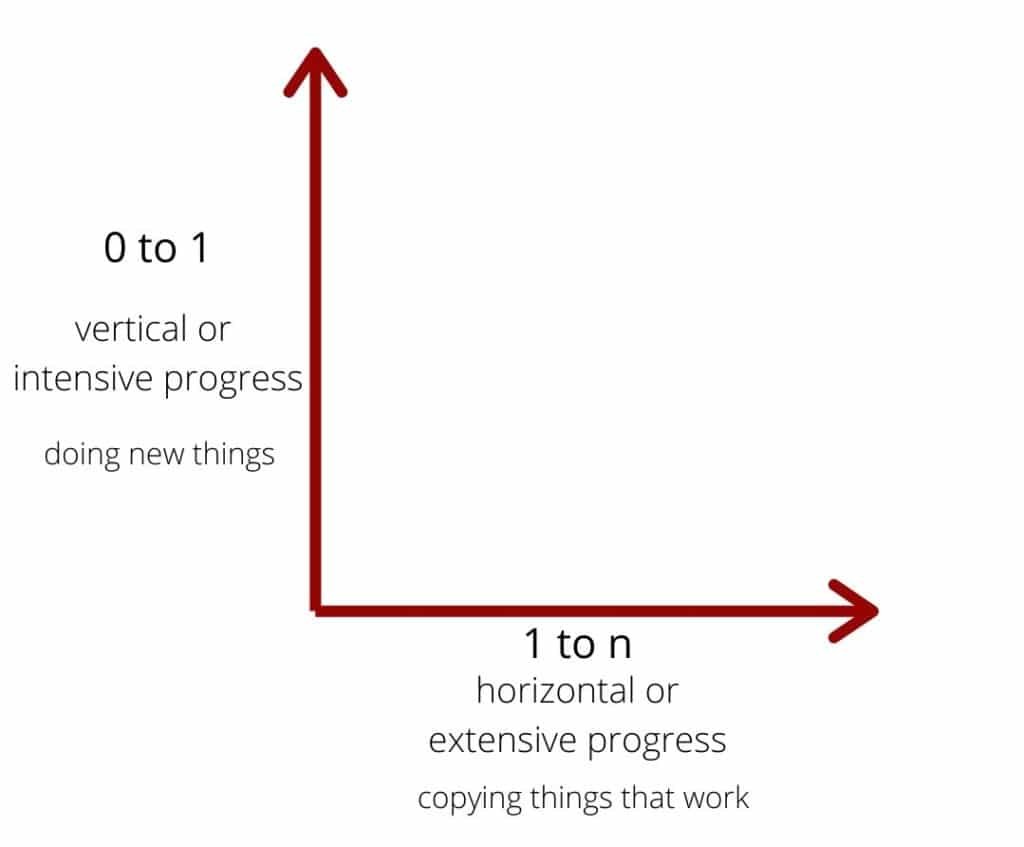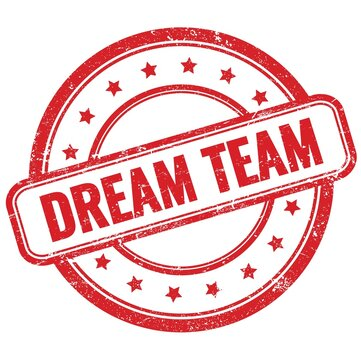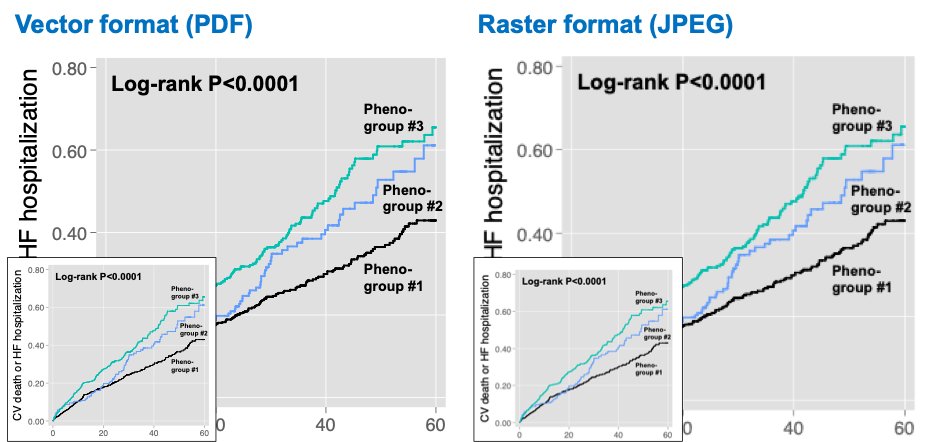Thread by Sanjiv J. Shah, MD
- Tweet
- Apr 7, 2023
- #NaturalScience #Writing
Thread
1/ Grant-writing tips. This #tweetorial mainly applies to @NIH grants (particularly R01s) but some stuff may be applicable to other types of grants and funding agencies. Based on my experience writing grants for 20 yrs +lots of cringe-worthy missteps and rejections along the way!
2/ Where do you begin? Part 1: pick scientific topics that you love thinking about and reading about. Start building a story. Publish 4-5 papers on your topic (1st or last author) to establish yourself. Make sure you're senior author on a few papers (shows independence)
3/ Where do you begin? Part 2: Think big, come up with a “zero-to-one” idea. Don't be incremental. If you had $100M to solve your scientific problem, what would you do? Write down all your ideas ➡️ narrow idea to $10M project ➡️ narrow further to a $2M ($500K x 4 yrs for an R01).
4/ Where do you begin? Part 3: Once you narrow down your ideas, write the aims. Not the whole aims page, just 3 aims with no background. Write ~10 sets of aims based on your ideas. Show mentors, colleagues, experts ➡️ narrow down to 1-2 sets of aims ➡️ develop into final aims.
5/ Write your specific aims page and get right to the point. Don’t spend a paragraph making general statements about the field you’re studying. Quickly get to critical unmet need and potential solutions. Briefly state your relevant prior work, prelim data summary, and innovation.
6/ Consider adding 1 sentence explaining why you and the team you've assembled is uniquely equipped to do the proposed work.
7/ List your overarching aim and then ~3 specific aims. Be as detailed as possible. The reviewer should be able to clearly visualize the study design based on the aims. List your hypotheses for each aim. Avoid making the aims dependent on each other!
8/ Dependent aims: e.g., the ability to do Aim #2 depends on the success of Aim #1. Ideally aims should be different ways of tackling your scientific problem, and therefore a "win-win".
9/ What does a “win-win” approach to specific aims mean? Ideally your specific aims will be set up so that even if your hypothesis is wrong, your study will have a major impact on your field of research.
10/ Examples: (1) even if your hypotheses are wrong, your project will create a valuable resource for the field; (2) you’re conducting a definitive study so even proving your hypothesis wrong will be very helpful for the field to move in a different direction of research.
11/ Use “parallel writing” structure throughout your aims page and the rest of your grant. Let’s say your 3 aims are on genomic, proteomic, and metabolomic interrogation of a disease. Throughout your aims page (background, prelim data, aims). Keep this order and don’t deviate.
12/ Use this parallel writing structure in each section of the grant (significance, innovation, prelim data, approach, etc) don’t deviate. In the example above, each section would start with genomic, then proteomic, then metabolomic. Same in figures and tables.
13/ End your aims page with: “There is a critical unmet need to use novel strategies to solve <SCIENTIFIC PROBLEM>. We have <LIST EXPERTISE, PRIOR ACCOMPLISHMENTS> and are therefore uniquely suited to lead the proposed studies which will have a major impact on <SCIENTIFIC FIELD>.
14/ Knowing what reviewers are looking for in the 5 review criteria (significance, investigator, innovation, approach, environment) is very helpful. I will outline some tips for each below.
15/ Significance is not “background” on your topic. Need to answer a very specific Q: If you successfully complete your aims, will your project have major impact on the field? Is what you’re studying a big problem? What are the unmet needs? Gaps of prior studies + your solutions
16/ Investigator, Part 1: Make sure all biosketches (yours, co-investigators, consultants, etc) are up to date, have tailored personal statements relevant to your grant, and all look the same. I edit and reformat all personal statements in my grants to make them look uniform.
17/ Investigator, Part 2: You want to make your investigative team shine, so the biosketches need to be clear, informative, and relevant. Include relevant letters of support, and make sure your letter writers highlight your great work and accomplishments.
18/ Investigator, Part 3: Insert a brief section in your grant on qualifications of the investigative team + why you're uniquely suited to do the proposed work. Add citations that back up your statements. Highlight prior collaborative publications (here and in your biosketches).
19/ Innovation: Most grants are not super innovative, and that’s okay. Even if you think what you’re doing is innovative, the reviewers will probably not. Keep it short. It could be the team that you’ve assembled, the resource you’re using, and/or the approach. Don't oversell it.
20/ Approach #1: Provide details of the unique resource(s) you're using for your studies (e.g., about parent study if proposing an ancillary study; explanation/rationale for model systems you're using for experiments). Provide prelim data. Remember parallel writing structure.
21/ Approach #2: After intro and prelim data, create a new subsection for each aim. Write out each aim and its associated hypothesis again (user friendly for reviewers). Next, provide very brief rationale and prelim data here if it flows better. But quickly get to your methods.
22/ Approach #3: Power calculations, statistical analysis. Don’t skimp on these. Most grant review panels are filled with reviewers with deep expertise in statistics. Lack of sample size calculations or insufficient stats details = easy for reviewer to trash a grant.
23/ Approach #4: Include an alternative approaches section; try to anticipate critiques and discuss how you will get around them.
24/ Environment #1: Use the resources and facilities part of your grant to highlight your amazing environment. Tailor this section to your grant! Personalize it and try not to include a bunch of irrelevant information.
25/ Environment #2: You need to convince reviewers that your environment (and that of your collaborators) is ideal and fully equipped to help you succeed. Provide letters of support (approval) for any resources you are using for your project that do not belong to you.
26/ Miscellaneous tip #1: For the specific aims page and research strategy, make sure you use 0.5” borders, and 11-point Arial or Helvetica font. This is what the reviewers are expecting and what they’re used to. Don’t deviate.
27/ Miscellaneous #2: Make sure you fill up the entire allotted space for the grant. For an R01 = 1 page for specific aims + 12 pages for research strategy. If you can't fill the entire 13 pages either your project isn't important or you haven't included enough detail or both.
28/ Miscellaneous #3: Make your grant look pristine. Uniform formatting throughout. Don’t use excessively small fonts in tables/figures. In Word, go to Format > Paragraph. Set spacing as shown below. Use consistent lettering/numbering system for outlining sections of your grant.
29/ Miscellaneous #4: Figures. Unless it's a photo, use vector format. Create your figure (eg, graph, diagram) and save as PDF format and then insert it into the document as a PDF. This will preserve the vector format so the figures are not pixelated (raster format, e.g., JPEG).
Mentions
See All
Luiz Pessoa @PessoaBrain
·
Apr 10, 2023
Good grant-writing suggestions:





